Earth's Place in the Universe
-
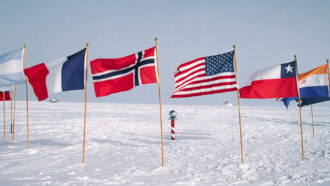 Earth
EarthScientists Say: Pole
A pole is either of two opposite ends of a molecule, magnet, battery, planet or other object.
-
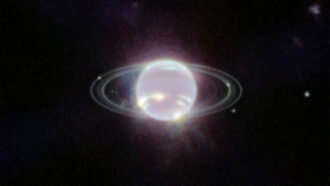 Planets
PlanetsCheck out the first direct look at Neptune’s rings since the ’80s
The Voyager 2 spacecraft took the first pics of Neptune’s rings 33 years ago. Now, NASA’s James Webb telescope is providing a more detailed view of them.
-
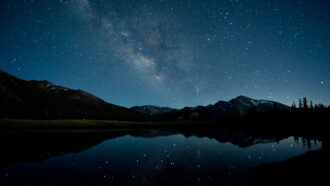 Physics
PhysicsCosmic timeline: What’s happened since the Big Bang
Energy, mass and the cosmos' structure evolved a lot over the past 13.82 billion years — much of it within just the first second.
By Trisha Muro -
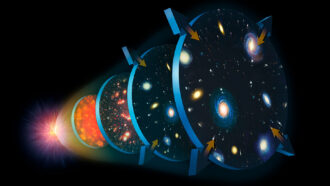 Space
SpaceMysteries about the universe abound, from its beginning to its end
Scientists have a good understanding of the laws that make our universe tick. But they still don’t quite know how it began — or will end.
By Trisha Muro -
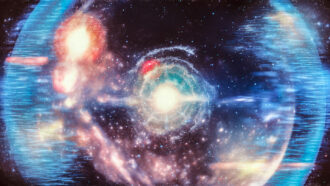 Space
SpaceIt all started with the Big Bang — and then what happened?
Scientists explain what really puzzles them about how our universe became what it is today — and what its future may hold.
By Trisha Muro -
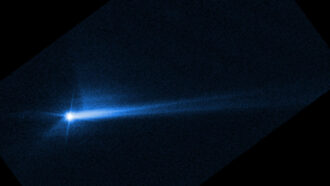 Space
SpaceNASA’s DART spacecraft successfully bumped an asteroid onto a new path
The spacecraft’s intentional crash into an asteroid changed the space rock’s orbit by more than 30 minutes — far more than expected.
-
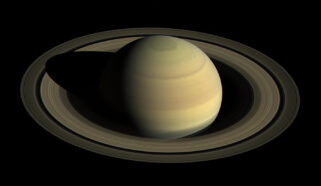 Space
SpaceA missing moon could have given Saturn its rings — and tilt
The hypothetical moon is being called Chrysalis. It could have helped tip the planet over before getting shredded to form Saturn’s rings.
-
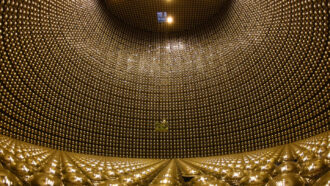 Physics
PhysicsLet’s learn about ‘ghost particles’
Ghostly particles called neutrinos are so lightweight that for a long time, they were thought to have no mass at all.
-
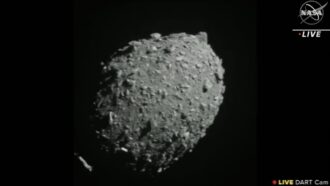 Tech
TechNASA’s DART spacecraft crashed into an asteroid — on purpose
This mission could provide a blueprint for how to deflect a killer asteroid, if one is ever found headed for Earth.
-
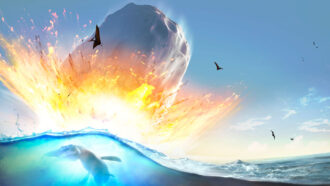 Earth
EarthNot one, but two asteroids might have ended the age of dinosaurs
A craterlike structure found off the coast of West Africa might have been formed by an asteroid that struck around the time dinosaurs went extinct.
By Nikk Ogasa -
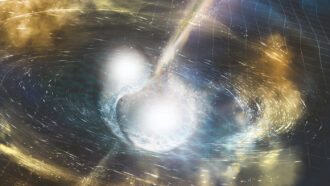 Space
SpaceLet’s learn about gravitational waves
Gravitational waves offer scientists a new way to view extreme objects such as black holes and neutron stars.
-
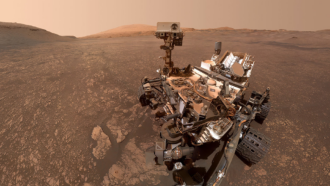 Space
SpaceMy 10 years on Mars: NASA’s Curiosity rover describes its adventure
Did life evolve on Mars? NASA’s Curiosity rover spent the last 10 years trying to answer that question. Here’s the story from the rover’s point of view.